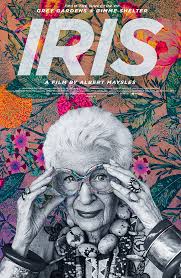 |
| Published 4 August 2011 |
Our minds can play tricks on us.
When we are trying to recall events from decades prior, our version of events often conflicts with others' versions.
Add emotion to the mix, and the memories contrast more sharply.
Honestly, I don't think it's possible to create an objective version of the past. Everyone brings their bias to the retelling.
The protagonist in
The Sense of an Ending (2011) by Julian Barnes spends much of the novel trying to recall a series of events from his youth, only to become less and less sure of himself.
The first time I tried to read
The Sense of an Ending, I recoiled from the characters I first met: a group of pretentious college boys.
Initially, I didn't get past the first chapter.
Once I learned that the first part primarily functions as an object to be examined and disputed in the second part, I was much more willing to pay attention to this group of self-important young men.
Subsequently, I read the novel in two sittings. (It's 163 pages in the paperback version I read, pictured above.)
The first part describes a series of events that occurred in the 1960s, as told by Tony Webster--one of the arrogant and immature college students.
The second part describes Tony Webster some forty years later. He has received a letter about one of his college friends. This motivates Tony to contact people from his past. In part through conversation, in part through self-reflection, Tony tries to piece together what happened then and how everyone's lives played out.










































